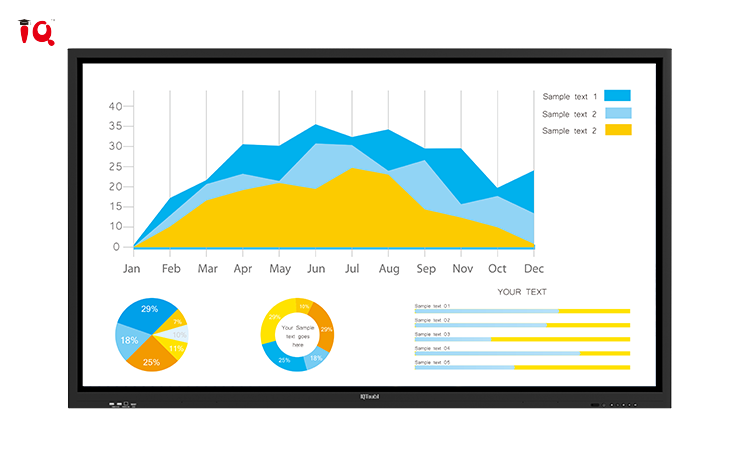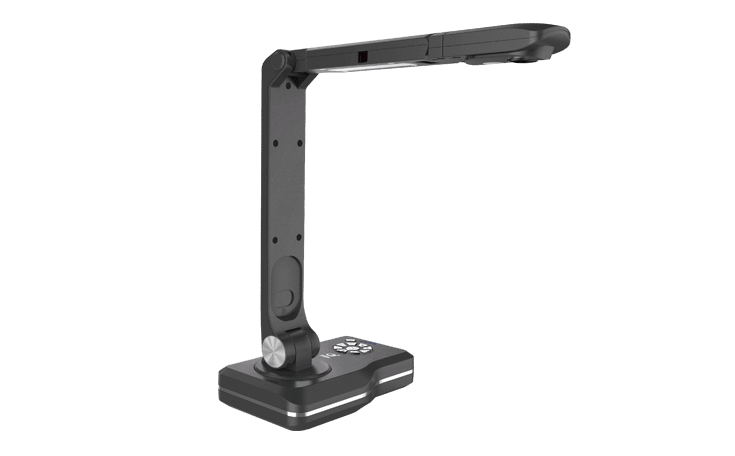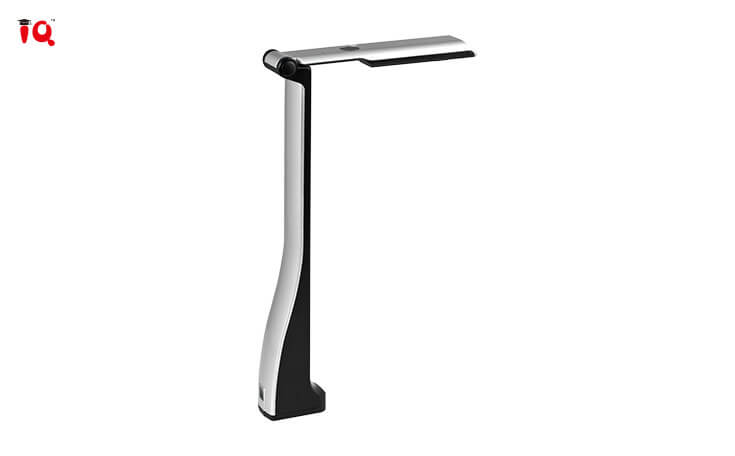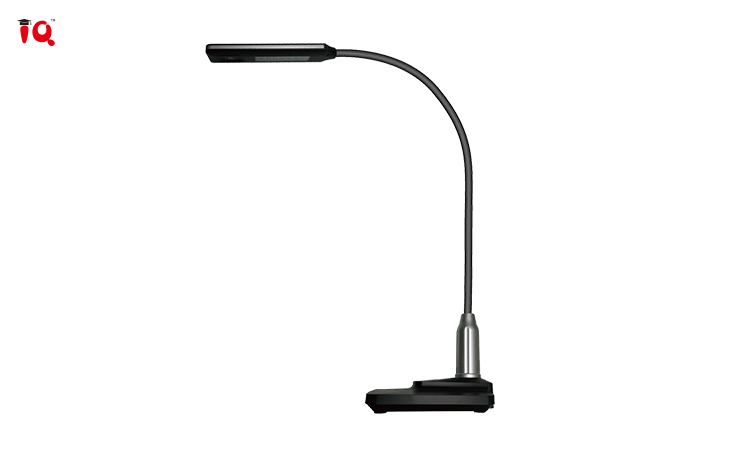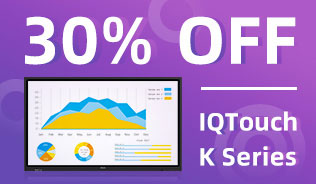
interactive touch screen presentation
interactive touch screen presentation.Take the X-axis transmitting transducer as an example: The transmitting transducer converts the electrical signal sent by the controller through the touch screen cable into sound wave energy and transmits it to the left surface, and then the sound wave energy is reflected by a set of precision reflection stripes under the glass It is transmitted in an upward uniform surface, and the acoustic wave energy passes through the surface of the screen body, and then the reflection stripes on the upper side are gathered into a rightward line and transmitted to the X-axis receiving transducer. The receiving transducer converts the returned surface acoustic wave energy into electricity. signal. After the transmitting transducer transmits a narrow pulse, the sound wave energy reaches the receiving transducer through different paths, the earliest arrival at the far right, the latest arrival at the far left, and the early and late arrivals of these sonic energy are superimposed into one. It is not difficult to see that the waveform signal is wide. The received signal gathers all the sound wave energy that has returned through different paths in the X-axis direction. They have the same distance on the Y-axis, but on the X-axis, the farthest ratio is The nearest one has traveled twice the maximum X-axis distance. Therefore, the time axis of this waveform signal reflects the position before the superposition of each original waveform, that is, the X axis coordinate. When there is no touch on the transmitted signal and received signal waveforms, the received signal waveform is exactly the same as the reference waveform. When a finger or other object capable of absorbing or blocking the sound wave energy touches the screen, the sound wave energy that the X axis travels upwards through the finger part is partially absorbed, reflecting that the waveform has an attenuation gap on the receiving waveform, that is, at a certain time position. The received waveform attenuates a gap corresponding to the signal blocked by the finger. To calculate the gap position, you must touch the coordinate controller to analyze the attenuation of the received signal and determine the X coordinate from the gap position. After that, the same process of the Y axis determines the Y coordinate of the touch point. In addition to the X and Y coordinates that general touch screens can respond to, the surface acoustic wave touch screen also responds to the third axis Z coordinate, which can sense the user's touch pressure value. The principle is calculated from the attenuation at the received signal attenuation. Once the three axes are determined, the controller passes them to the host. 4.3 surface acoustic wave touch screen features higher definition, good light transmittance. Highly durable and good scratch resistance
IQTouch K Interactive Display
interactive touch screen presentation.Take the X-axis transmitting transducer as an example: The transmitting transducer converts the electrical signal sent by the controller through the touch screen cable into sound wave energy and transmits it to the left surface, and then the sound wave energy is reflected by a set of precision reflection stripes under the glass It is transmitted in an upward uniform surface, and the acoustic wave energy passes through the surface of the screen body, and then the reflection stripes on the upper side are gathered into a rightward line and transmitted to the X-axis receiving transducer. The receiving transducer converts the returned surface acoustic wave energy into electricity. signal. After the transmitting transducer transmits a narrow pulse, the sound wave energy reaches the receiving transducer through different paths, the earliest arrival at the far right, the latest arrival at the far left, and the early and late arrivals of these sonic energy are superimposed into one. It is not difficult to see that the waveform signal is wide. The received signal gathers all the sound wave energy that has returned through different paths in the X-axis direction. They have the same distance on the Y-axis, but on the X-axis, the farthest ratio is The nearest one has traveled twice the maximum X-axis distance. Therefore, the time axis of this waveform signal reflects the position before the superposition of each original waveform, that is, the X axis coordinate. When there is no touch on the transmitted signal and received signal waveforms, the received signal waveform is exactly the same as the reference waveform. When a finger or other object capable of absorbing or blocking the sound wave energy touches the screen, the sound wave energy that the X axis travels upwards through the finger part is partially absorbed, reflecting that the waveform has an attenuation gap on the receiving waveform, that is, at a certain time position. The received waveform attenuates a gap corresponding to the signal blocked by the finger. To calculate the gap position, you must touch the coordinate controller to analyze the attenuation of the received signal and determine the X coordinate from the gap position. After that, the same process of the Y axis determines the Y coordinate of the touch point. In addition to the X and Y coordinates that general touch screens can respond to, the surface acoustic wave touch screen also responds to the third axis Z coordinate, which can sense the user's touch pressure value. The principle is calculated from the attenuation at the received signal attenuation. Once the three axes are determined, the controller passes them to the host. 4.3 surface acoustic wave touch screen features higher definition, good light transmittance. Highly durable and good scratch resistance IQTouch K interactive touch screen feature 20-point touch and dual system -- Android 8.0 system and optional OPS Windows 10Pro system. Its 4K UHD resolution facilitates presentations and collaboration. With optional multi-screen casting software, IQClass 6.0 and installation-free IQClass Plus software, IQTouch K Series can help create an interactive and collaborative teaching atmosphere in class.
Let’s See IQTouch K Interactive Display
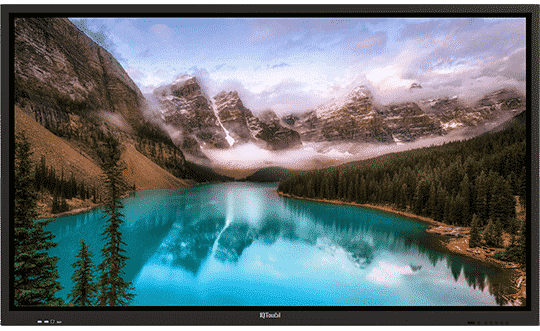
4K UHD Display
Stunning 4K UHD can display a cystal clear image on
screen.
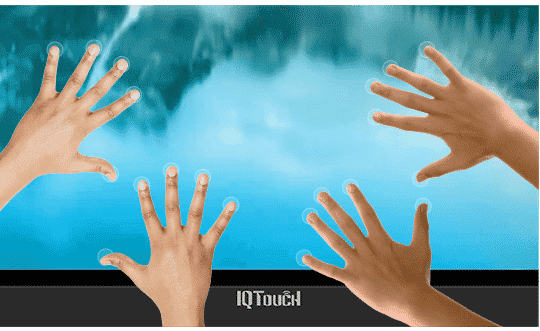
20 Touch Points
Enable an interactive and collaborative teaching atmosphere
in classroom.
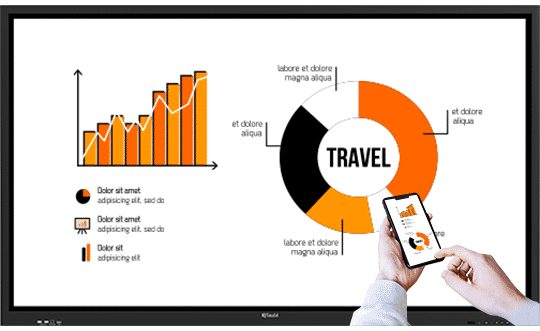
Built in Wifi hotspot & Optional
Multi-screen casting Software
Support to cast your devices to the screen wirelessly,
and your devices can control the screen wirelessly.
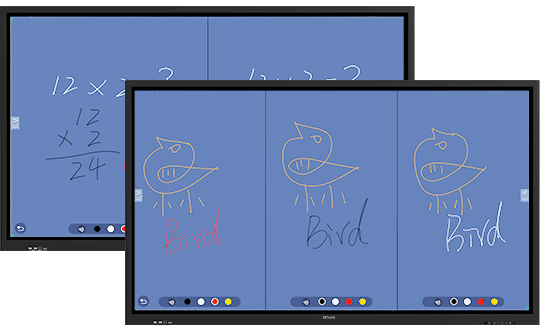
Easy-to-Use Built-in Whiteboard
Software
Built-in Whiteboard software under Android system allow to do
two separate screen teaching and three separate screen teaching.
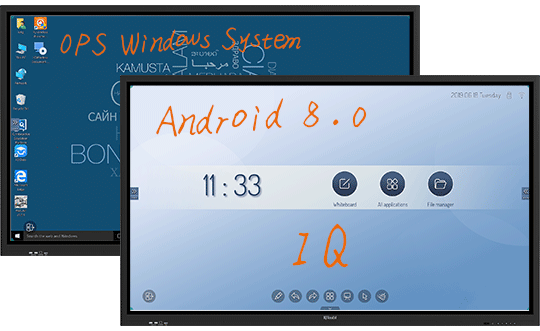
All-channel Annotation
Enable to annotate under Android system and
Windows system.
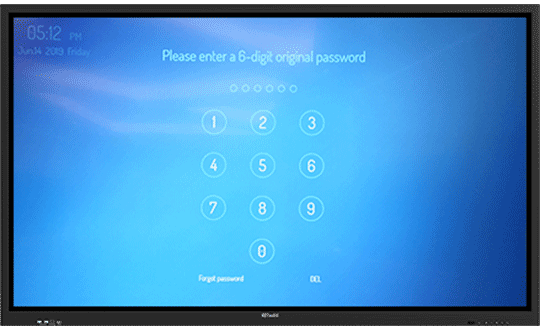
Power On/Off Lock and Screen Lock can
be Set with A Password Respectively
Support to lock screen and lock power on/off button
to avoid student
malfunction and secure privacy.

To compare with our other IQTouch Series
RESOURCE FOR YOU
Resource for you
Product Tag
Send us a message
Get in touch
-
![icon-phone]() +86-591-38202660
+86-591-38202660
-
![icon-mob]() +86-15280405902
+86-15280405902
-
![icon-mail]() iqboard@iqboard.net
iqboard@iqboard.net
-
![icon-addr]() 6th Bldg. High-Tech Base.
6th Bldg. High-Tech Base.
Fuzhou FuJian Prov. China
Solutions
Copyright © 2017.Returnstar Interactive Technology Group Co., Ltd All rights reserved.

